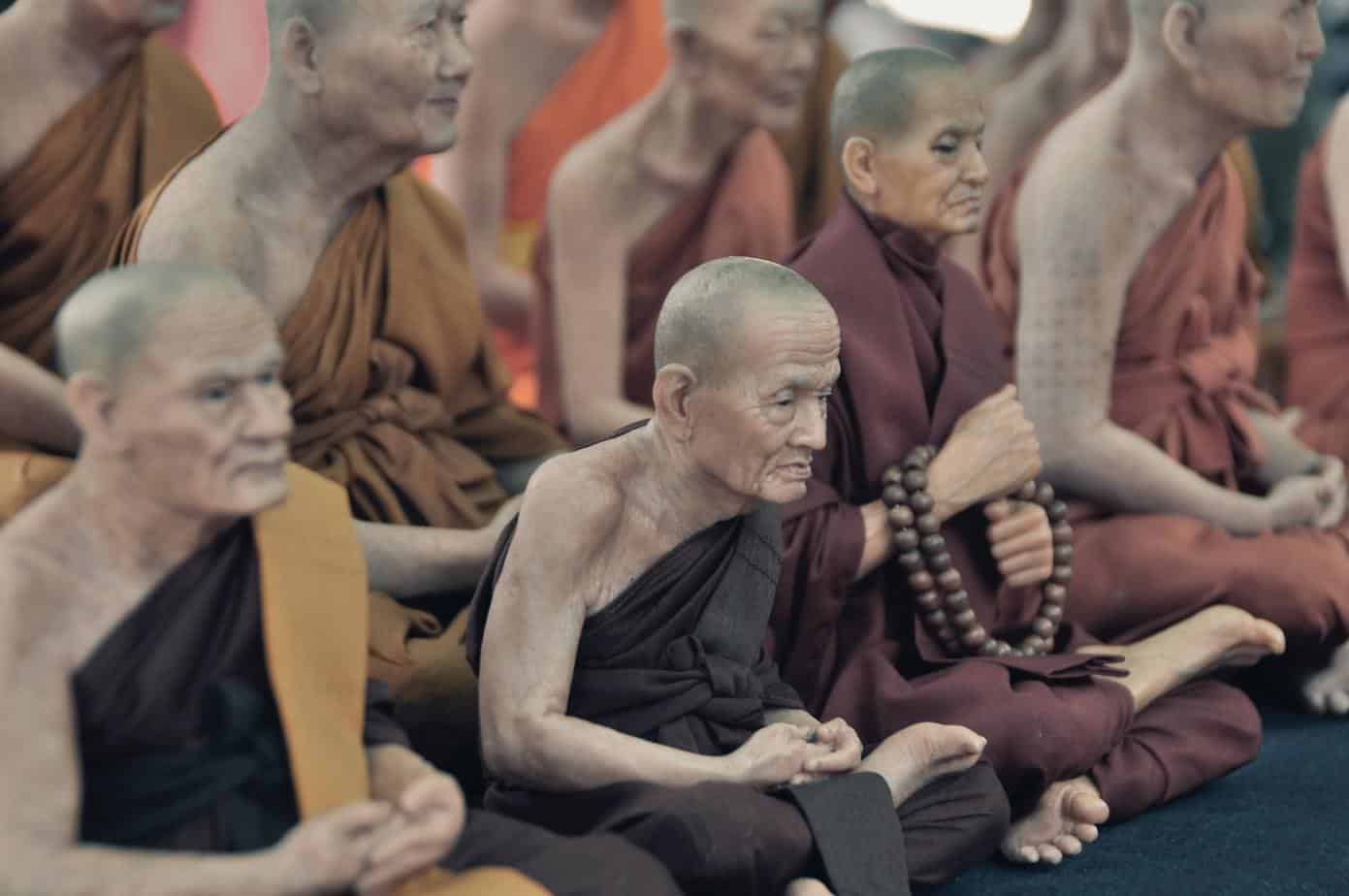Buddhist Symbols: The complete guide
A Buddhist Symbol is an important part of the Buddhism religion because Buddhism is far more than a single dimension. Instead it encompasses a range of spiritual practises, habits, traditions and beliefs and philosophies. As with many institutions and ways of life, having visual symbols provides focus, communication, reinforcement and a unity for its members.
There is not just a single Budddhist Symbol that encapsulates the faith, but instead a range of symbols that helps bring people together. Some you will instantly recognise, and others may be new to you. We suggest taking this opportunity to delve into ones that you have not seen before.
Ensō Circle
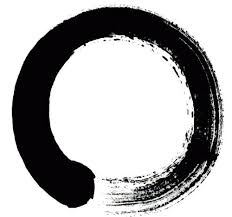
In Zen Buddhism, ensō is a sacred buddhist symbol often referred to as the Ensō circle and is one of the most common subjects of Japanese calligraphy, even though it is a symbol and not a character. You may hear it called the Circle of Enlightenment, the Enso Circle, the Infinity Circle and even the Lost Symbol of Reiki.
Om (Aum) Buddhist Symbol
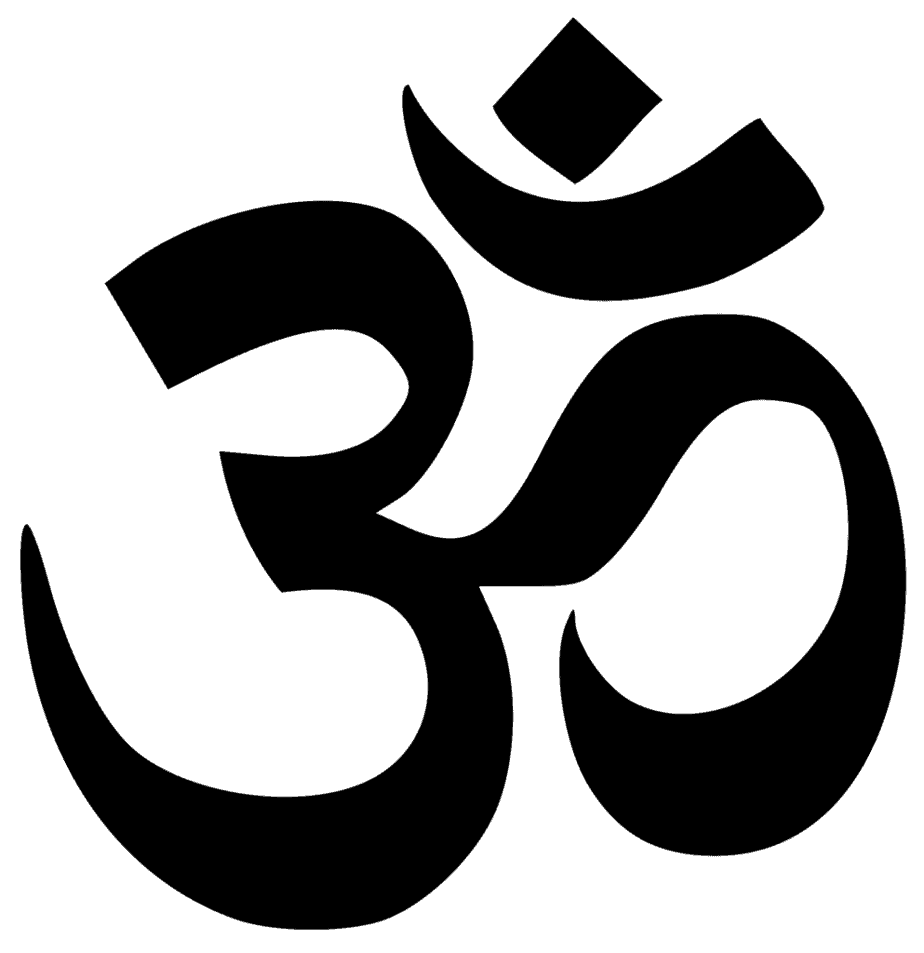
Om, also written as Aum, is a syllable that originated from Hinduism but is common to Buddhism and other religions. It is a a sacred sound sometimes referred to as the sound of the universe. The AUM (Om) consists of three characters, A, U, and M. They represent the body, spirit and speech of the Buddha
The Buddhist Bell
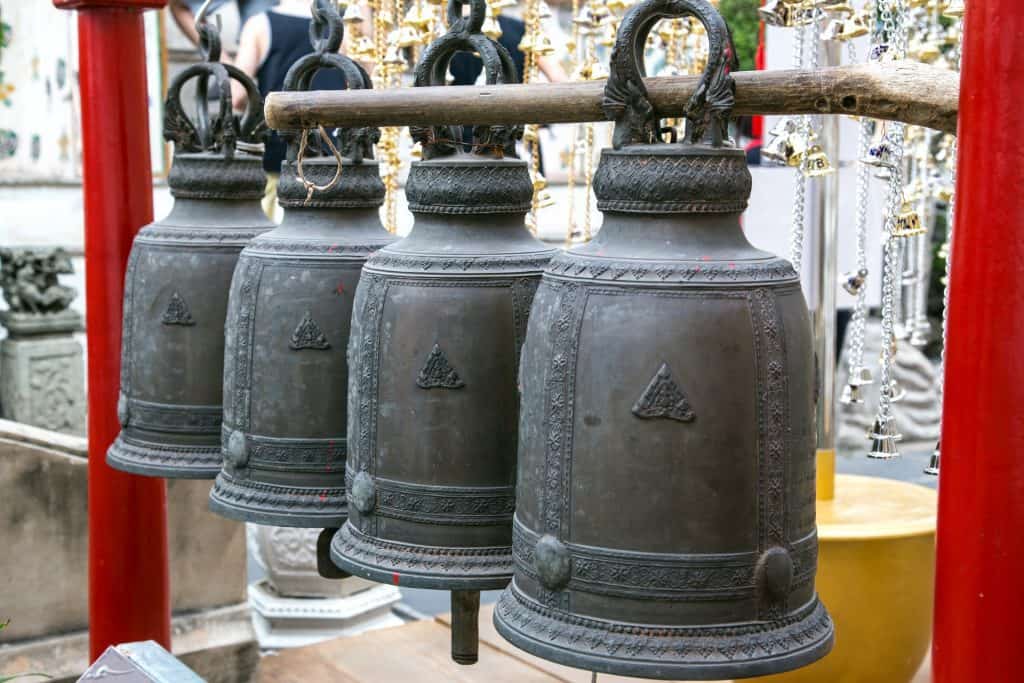
The use of bells in a temple to summon monks and nuns to meditation has been a way of life for thousands of years.
When used gently whilst in meditation or during chanting, it helps to focus on the moment and be present. It has become a Buddhit symbol for these reasons and you often see wind bells hung near Buddhist temples to create a peaceful and meditative atmosphere.
Lotus Flower as a Buddhist Symbol
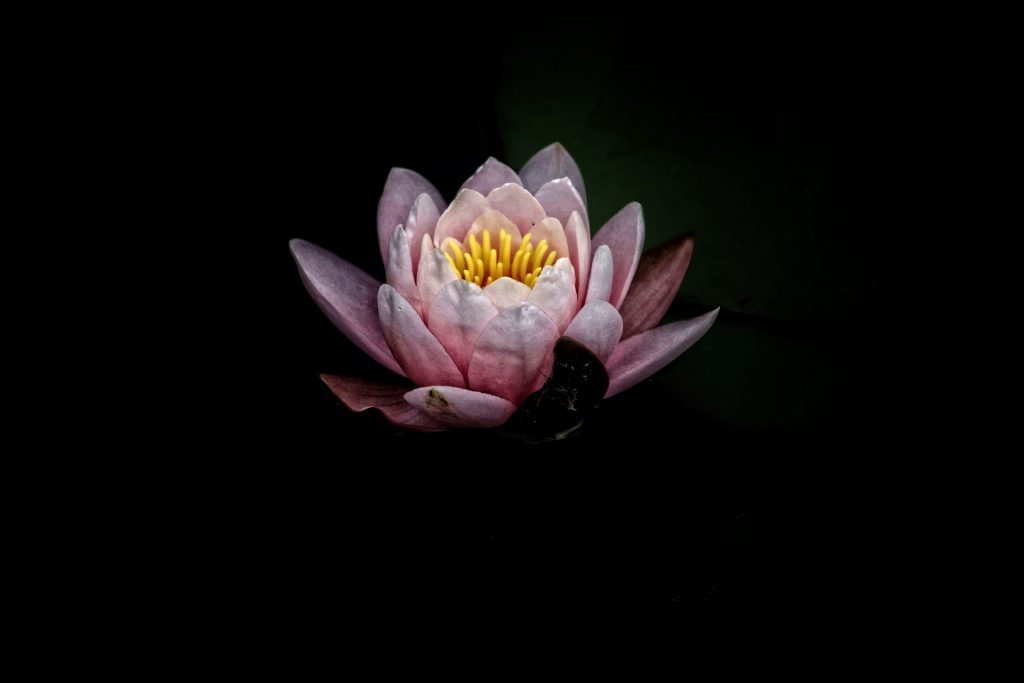
In Buddhism, the lotus is an image of the Buddha’s enlivening and an update that all creatures have a similar potential to achieve illumination.
The lotus becomes out of mud and ascends to the water’s surface to sprout in magnificence and immaculateness, so too can the human build up the ideals of a Buddha and ascend above want and connection to uncover the genuine nature.The phase of the lotus bloom speaks to the phases on the otherworldly way. For instance, a shut bud is equivalent with the start of the excursion. An incompletely open bloom demonstrates strolling the way. A completely sprouting bloom implies the finish of the excursion – edification.
The lotus blossoms bountifully in each part of buddhist workmanship and writing in all societies. One of the most significant portrayals of the lotus in writing is the Lotus Sutra.
Recitation beads
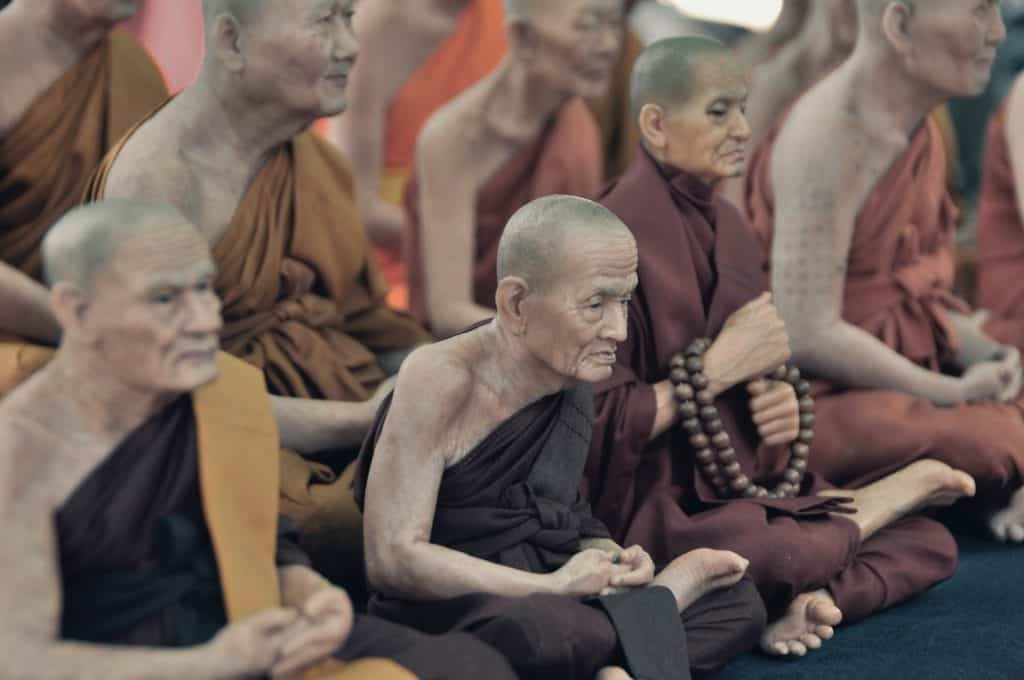
A mala (recitation bead) for the most part comprises of 9, 21, or 108 beads hung on a string. Each bead speaks to one. In any case, the bead isn’t the only bead, but is associated with the various beads to make an entire strand.
As people, we may think we are independent, however we’re most certainly not. We are associated with one another, to our family, to the world. We are for the most part living creatures together. One can’t exist without the other. This association with life, we call the Buddha nature.
The mals is used by moving each bead in turn, concentrating on a breath, a mantra, or a Buddha’s name.
The Swastika
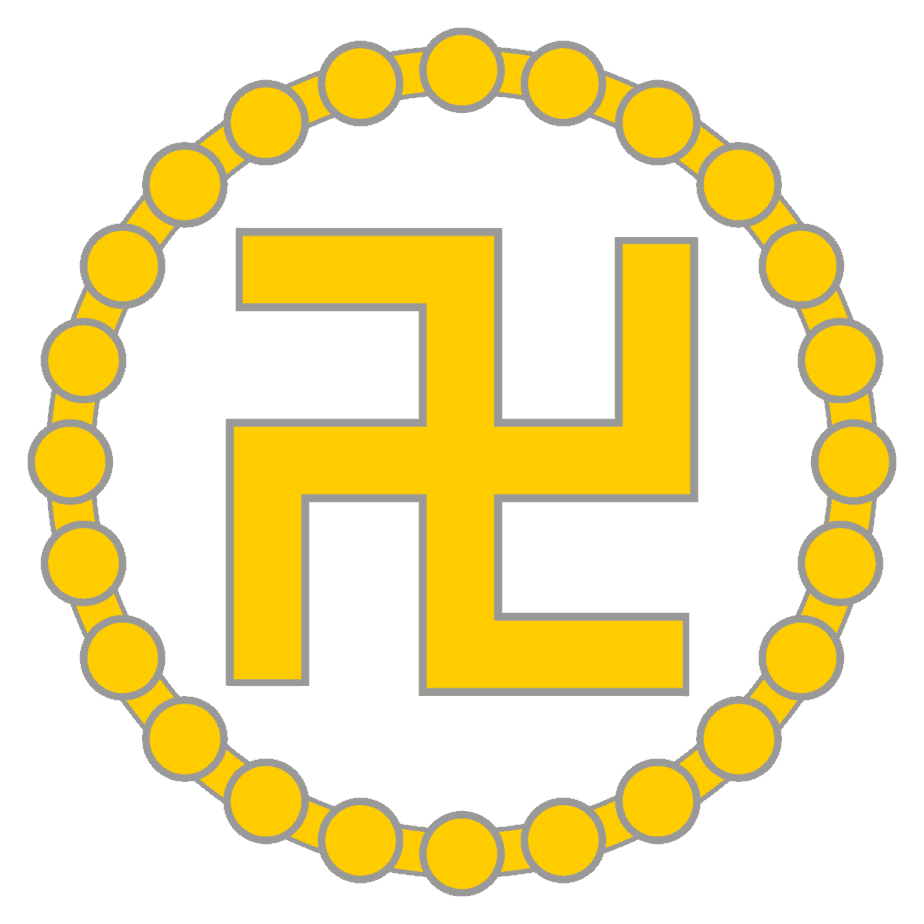
The antiquated Swastika is probably the most established image on Earth (in in many cases, not for positive reasons). It can be an image of harmony, good karma, and energy. It is found in the of numerous societies.
In Buddhism, the symbol represents the seal of the Buddha’s heart and contains inside it the whole psyche of the Buddha. It very well may be seen engraved on the body, palms, chest, or feet of Buddha pictures. In China, the insignia speaks to the number ten thousand (wan), which means limitlessness and propitiousness. This is a similar insignia that the Nazis turned counter-clockwise and made it into an image of segregation and death. With Buddhism going toward the West, notwithstanding, the image is recapturing its unique significance.
Dharmachakra as Buddhist Symbol
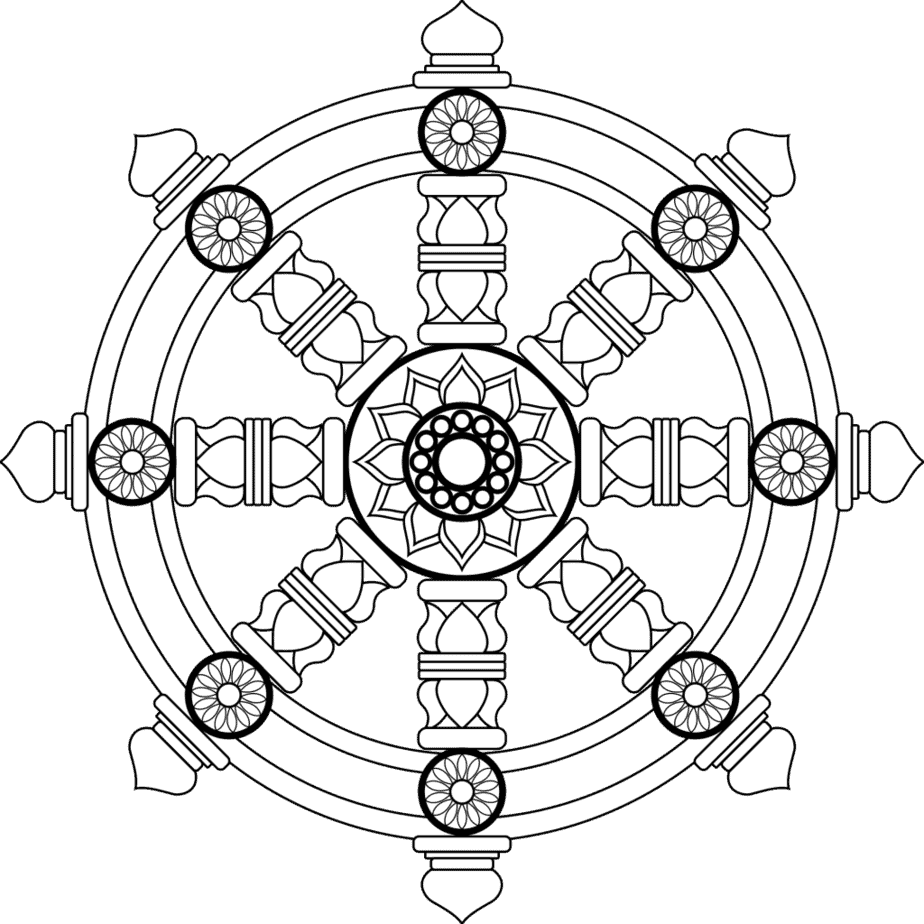
Dharmachakra or the eight-spoked wheel. The eight spokes of the Dharmachakra represent the eight parts of the path to wisdom and the end of suffering. The swirl in the middle represents the Buddha himself, along with the moral code of the universe (Dharma) and the spiritual community (Sangha).
This symbol is, therefore, the Buddha and Buddhist philosophy rolled into one. The Buddha is sometimes referred to as the ”wheel turner,” the person who sets a cycle of teachings in motion.
Hamsa Hand
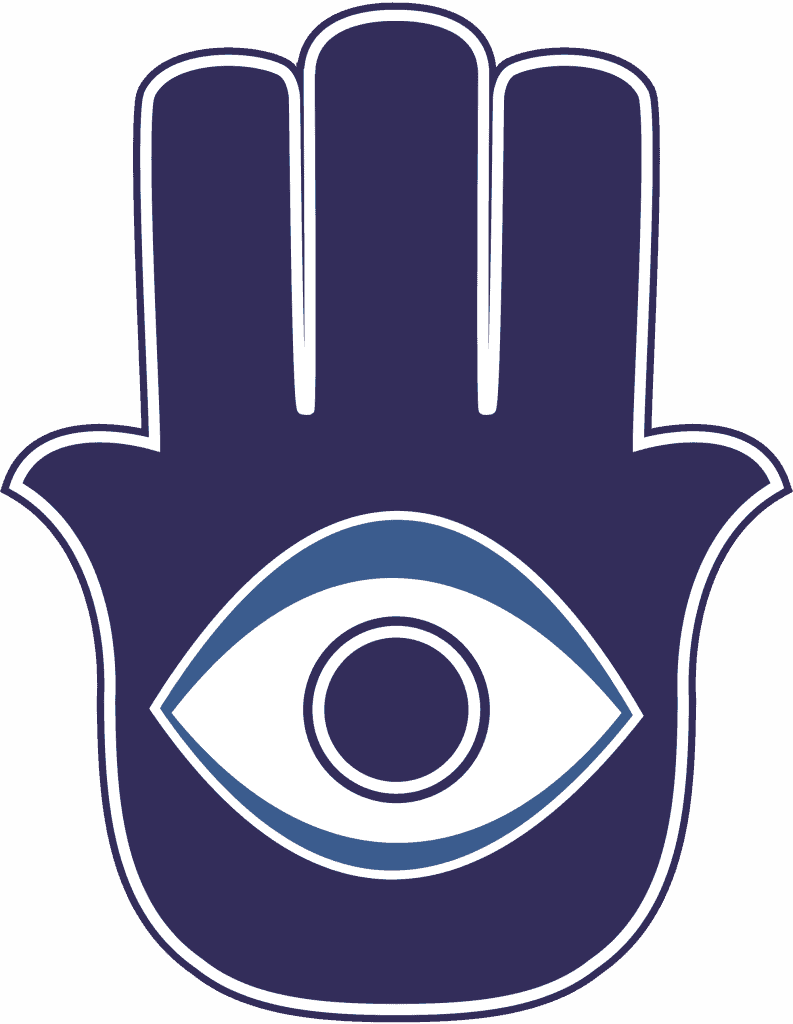
The Hamsa symbol is an open hand, often featuring an eye through the middle of the palm. This ancient symbol is popularly used in jewellery and art to represent protection. However, there are more meanings and many regions who use the Hamsa symbol.
The Hamsa may mean many different things to many different people depending on whom you ask. Its symbology is interpreted differently amongst people, it means different things to Hindus and Buddhists.
For Hindus and Buddhists, it symbolizes the interplay of the chakras, which is the energy flow in your body, the five senses, and the mudras that effect them.
The Arabic meaning of the word hamsa is five, and Hebrew shares the same root word. This number represents many associations adopted by various religions, including five fingers connected to the chakras, five senses and mudras, five pillars of Islam, and more.

